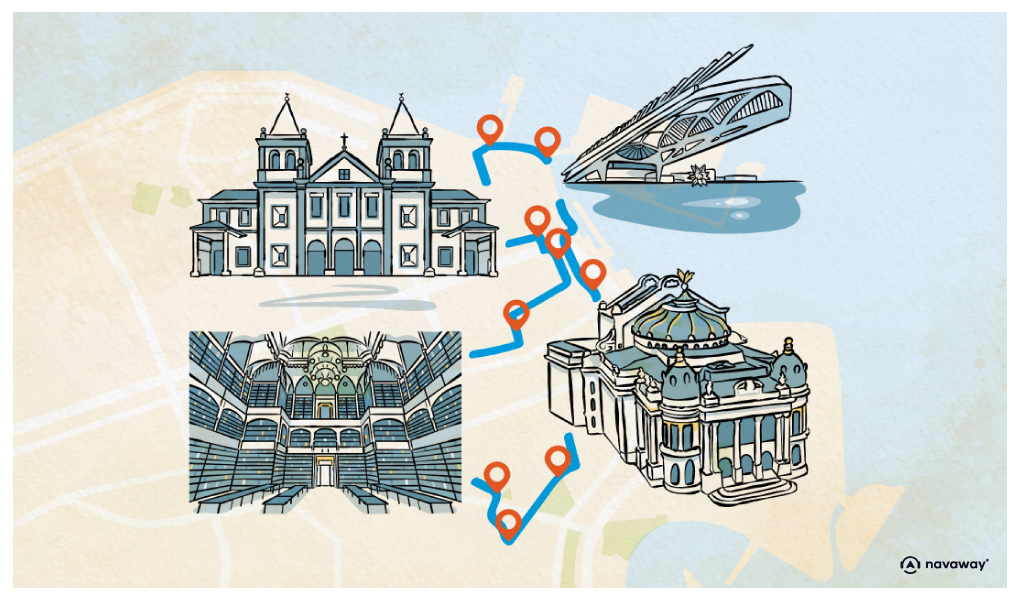
Imperial Palace
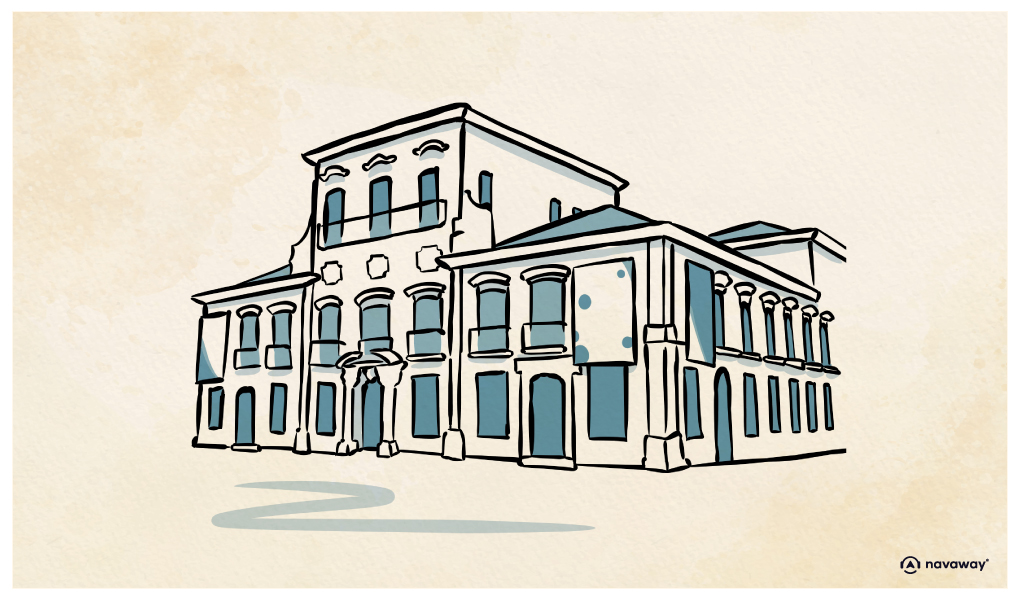
This point of interest is available as audio on the tour: Visit Rio de Janeiro, La Cidade Maravilhosa – The City of Wonders
Take a look at the big white building across the square. This modest, plain structure was once home to the emperors Dom Pedro I and II. Built in the 1700s, it was to serve as a residence for the governors of the Captaincy of Rio de Janeiro. The palace was then occupied by the viceroys of Brazil, who governed up until the arrival of the Portuguese royal family, who fled after Napoleon’s troops invaded their country. The transfer of the Portuguese court to Brazil in 1807 marked a major event in South American history, setting the stage for the country’s independence a decade later. Their arrival brought about many changes. First, the Prince Regent abolished the law prohibiting the creation of new industries in Brazil. Then, Rio de Janeiro became the new capital of the Portuguese colonial empire, which encompassed all the overseas territories occupied and administered by Portugal. Brazil lost its colonial status and was able to freely trade with all countries. The former captaincies became provinces, and new institutions popped up everywhere: the first Bank of Brazil, the Royal Press, the Royal Military Academy, the first university, the first gunpowder and iron factories, the Royal Library and the Fine Arts Academy. Meanwhile, back in Europe, Napoleon still had his eye on Spain and Portugal and their vast colonial empire. He was pulling out all the stops to replace the kings with his own kin. In Spain, he succeeded in putting his brother on the throne in place of Charles I. But his plans for Portugal fell apart after the leak of some secret documents revealing his schemes. Following Napoleon’s defeat and the retreat of his troops, the royal family chose to stay in Brazil, leaving a 5-person regency to rule Portugal in their absence. Back in Portugal, revolutionary ideas were gaining momentum, and the royal family’s decision to stay in Brazil tipped the balance of power between the metropolis and the colony. It is amidst this upheaval that the Liberal Revolution of 1820 dawned in Portugal. The new government demanded that the king and his court return to Lisbon. John VI of Portugal thus returned home and took up his duties as constitutional king. His son, Peter I, stayed in Brazil. In fact, it was from this very balcony that he delivered his legendary speech, forever remembered for the iconic “Eu Fico!”, meaning “I’ll stay!”. Portugal was determined to keep Brazil under colonial rule, a concept quickly falling out of favor. The deputies’ actions led to public unrest, prompting the regent king to declare the colony’s independence on September 7, 1822, with the famous “Cry of Ipiranga”, where he shouted “Independence or Death!”. Some time later, the prince was named emperor and the country took the name of Empire of Brazil. Although Brazil’s journey to independence was known to be much smoother than that of its neighboring countries, it wasn’t all sunshine and roses; it still took 3 years of armed conflict for Portugal to finally recognize the independence of its former colony. In exchange, Brazil had to pay a hefty sum and sign a very favorable trade treaty with Great Britain as a thank-you for its role as mediator in the whole conflict. Rio also agreed to end the slave trade, which involved selling enslaved people forcibly taken from Africa. It was in this palace that Princess Isabel signed the Lei Aurea, the Golden Law, on May 13, 1888, abolishing slavery in Brazil.


Discover Rio de Janeiro with app
An interactive guide through the most beautiful streets, squares, and districts
24 fun audioguides full of historical facts, anecdotes, and legends
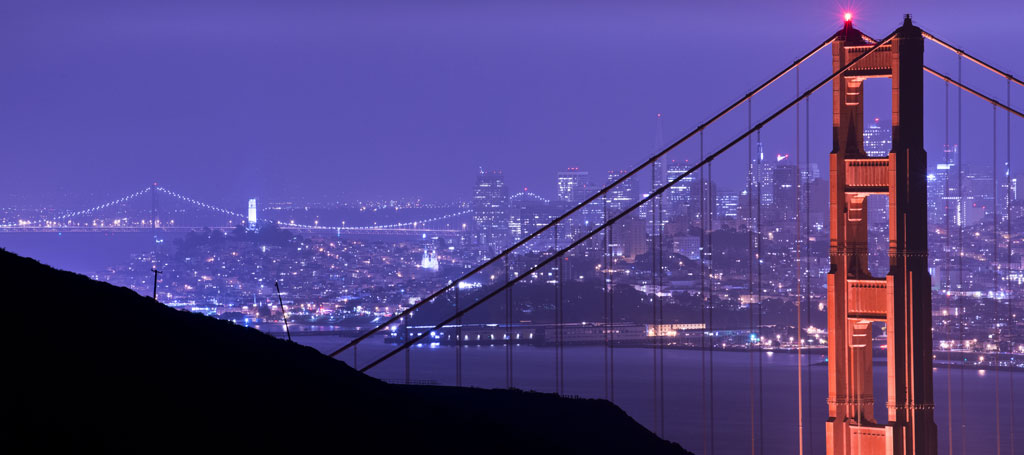
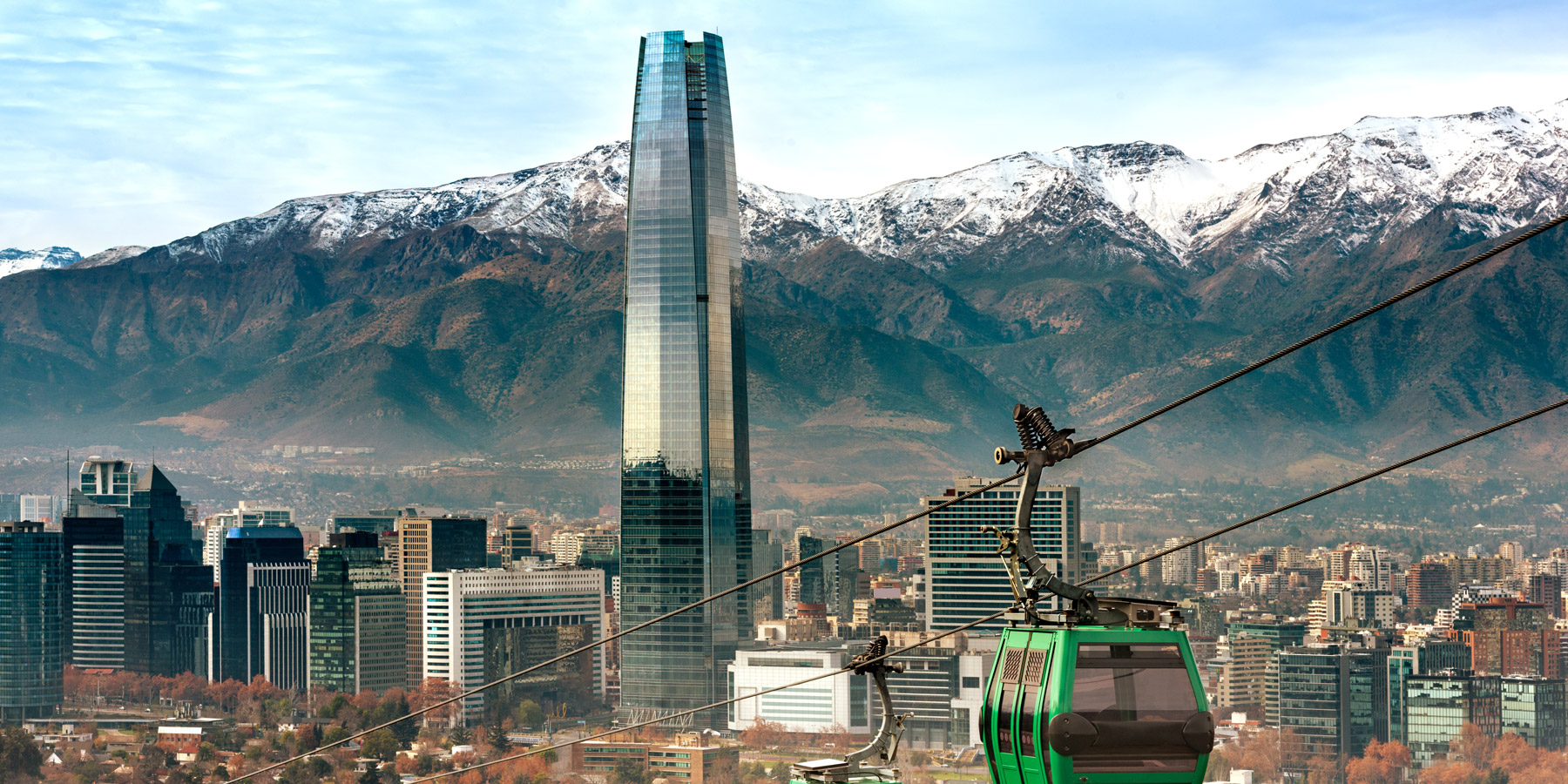
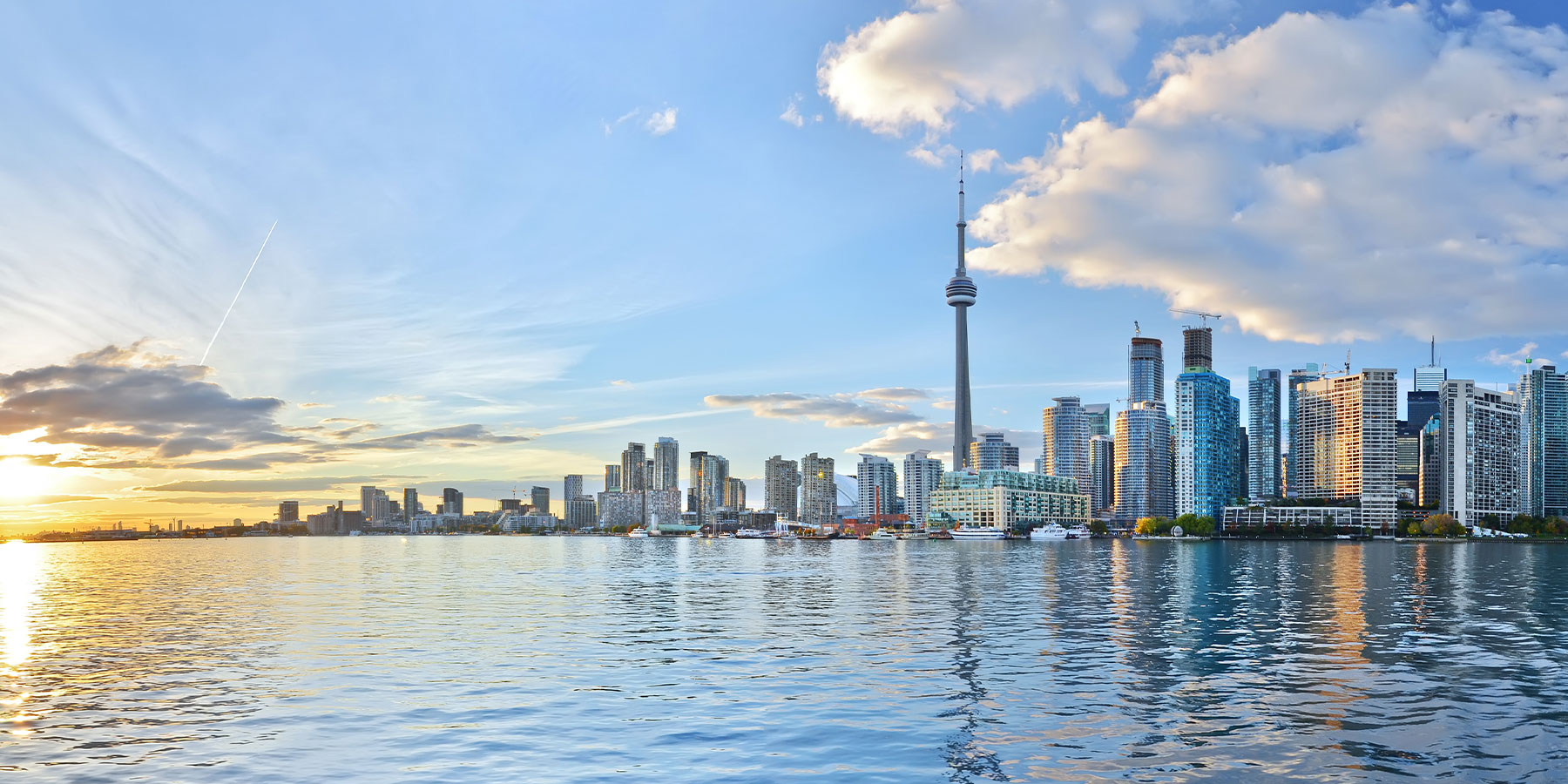


Comments